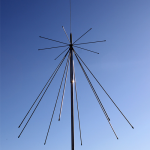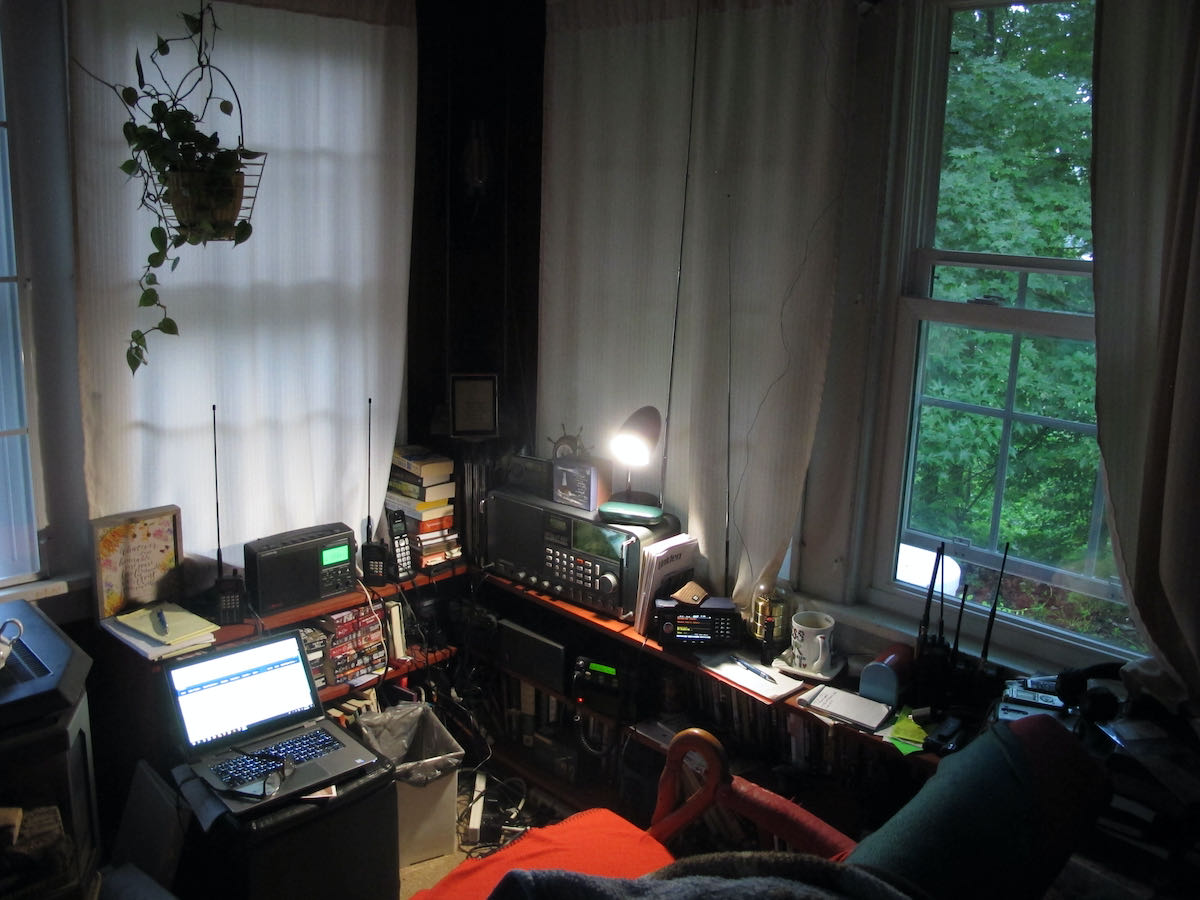If you build the project that KA3JJZ linked, your DX-392 will be safe.
Another thing you can do -- if you're handy with soldering, is solder two back-to-back diodes between the antenna soldering pad and the negative battery terminal, inside the back of the radio. You can do it with two diodes and hookup wire. I did this to my DX-390 (a DX-392 without the cassette player) and have had no negative effects. The diodes will bleed off stray static charges, and even protect the radio should you walk across a carpet in dry humidity and touch the whip (which could zap the radio).
It entails removing the back, finding the antenna's connection to the PCB, and wiring to back-to-back (reversed) diodes to the negative battery terminal using hookup wire. I used tape around the diodes and any parts of the wire that had exposed metal, in the case they'd somehow touch against the PCB. I still use the DX-390 20 years later.
RE: The DX-440: you would want to have external static protection with that radio, too. Sangean did not include internal diode protection in their radios until they made the DX-398 (Sangean 909), although the mid- to late-1990s Sangean-made DX-375 has them included.
A simple rigging of two reversed diodes and/or a large resistor (I've seen one megaohm suggested) will protect it if you attach them between the external antenna and a ground.
Similar to this simple project, from another RR thread.:
Static drain for outside long wire antenna | RadioReference.com Forums
You could leave out the potentiometer and still protect the radio.
Indoor antennas are probably safe, though.
Another 'solution' is to 'connect' the external antenna inductively. Wrap the lead around a tube (paper towel of toilet paper tube will do), and set it near the radio, without making a direct connection. Sometimes that works. It might work better if you had the non-antenna side of the coil connected to a ground. The RF field can often increase reception to the radio, although YMMV.



